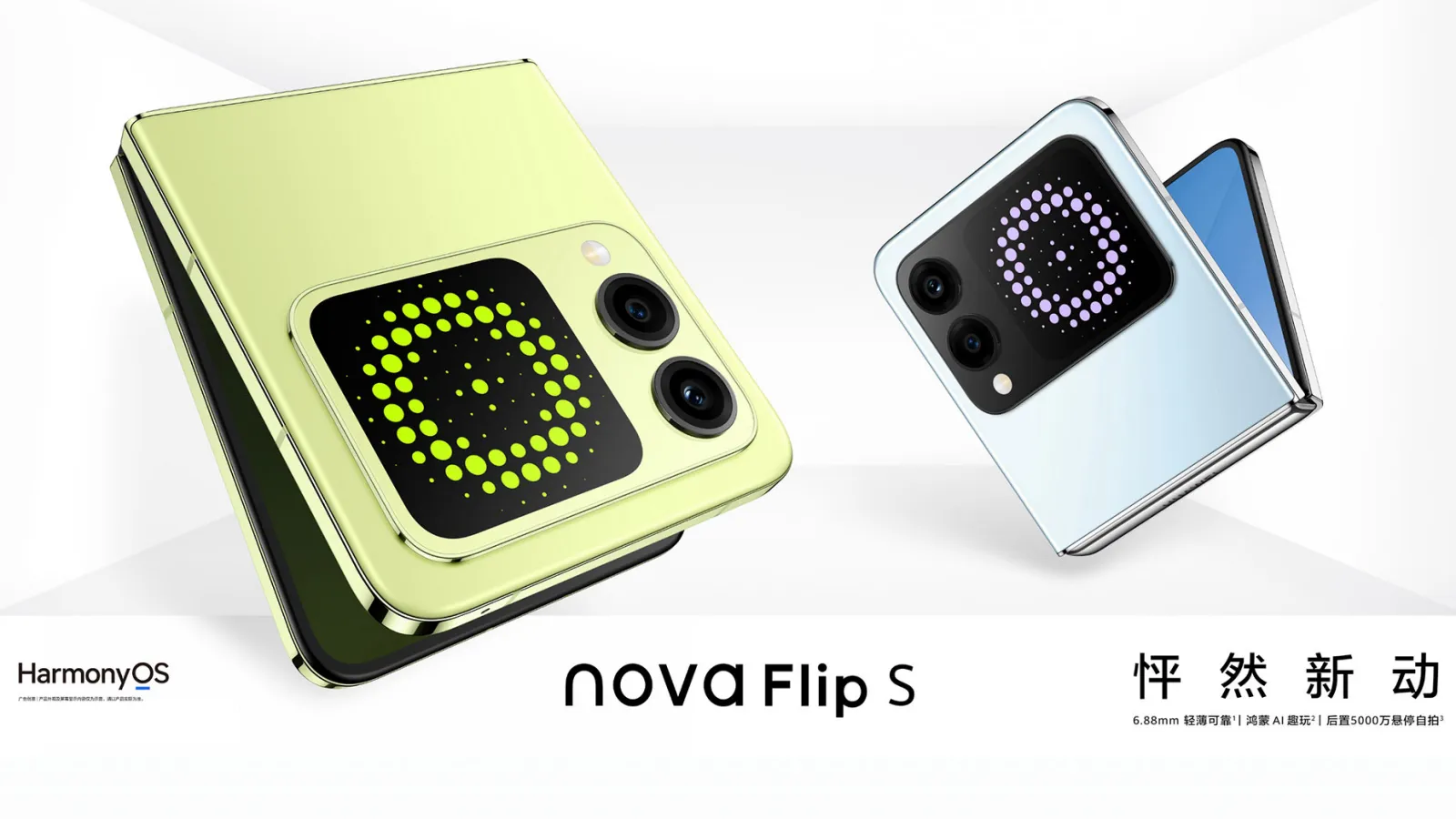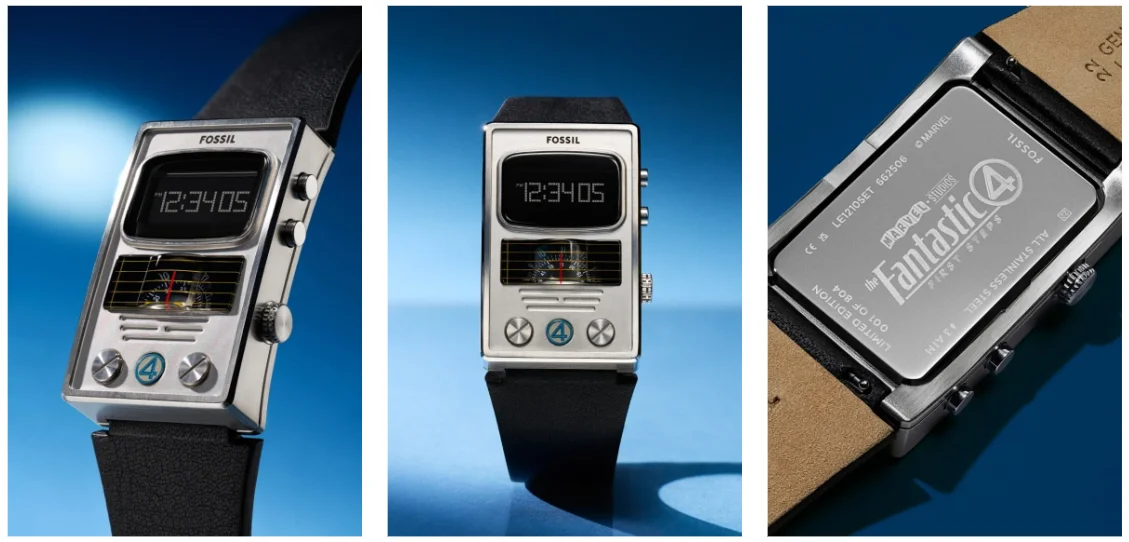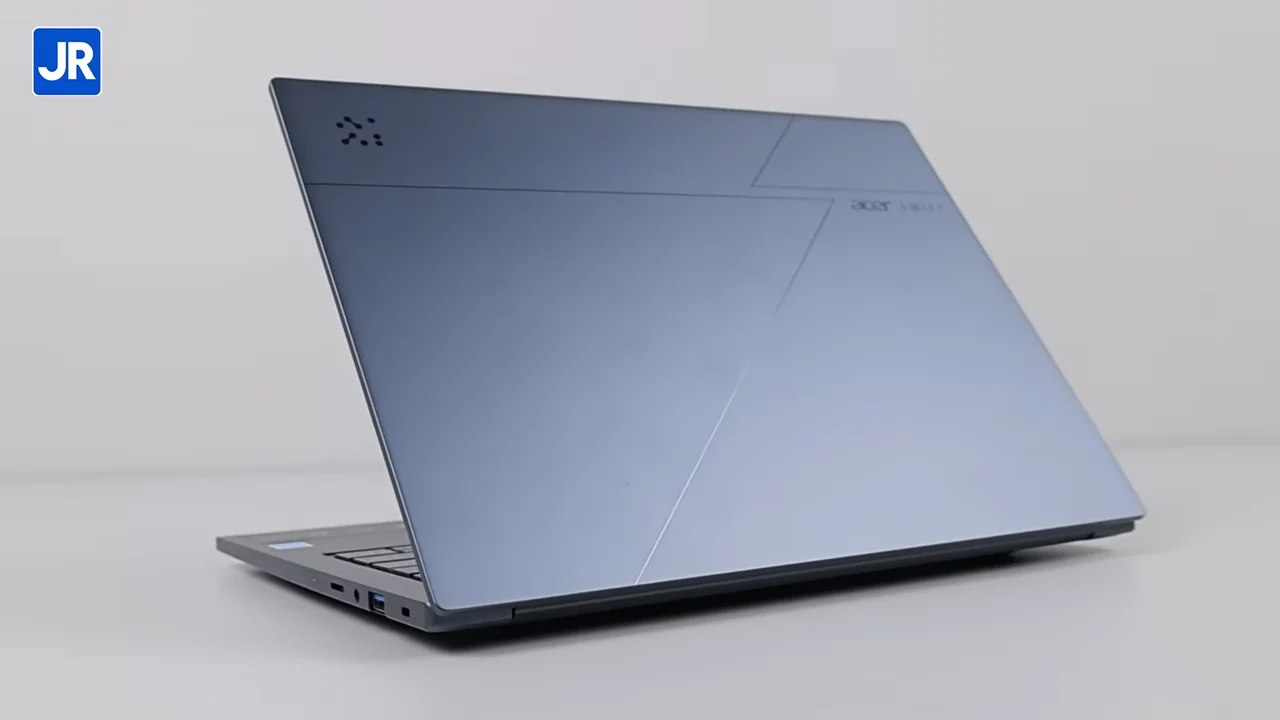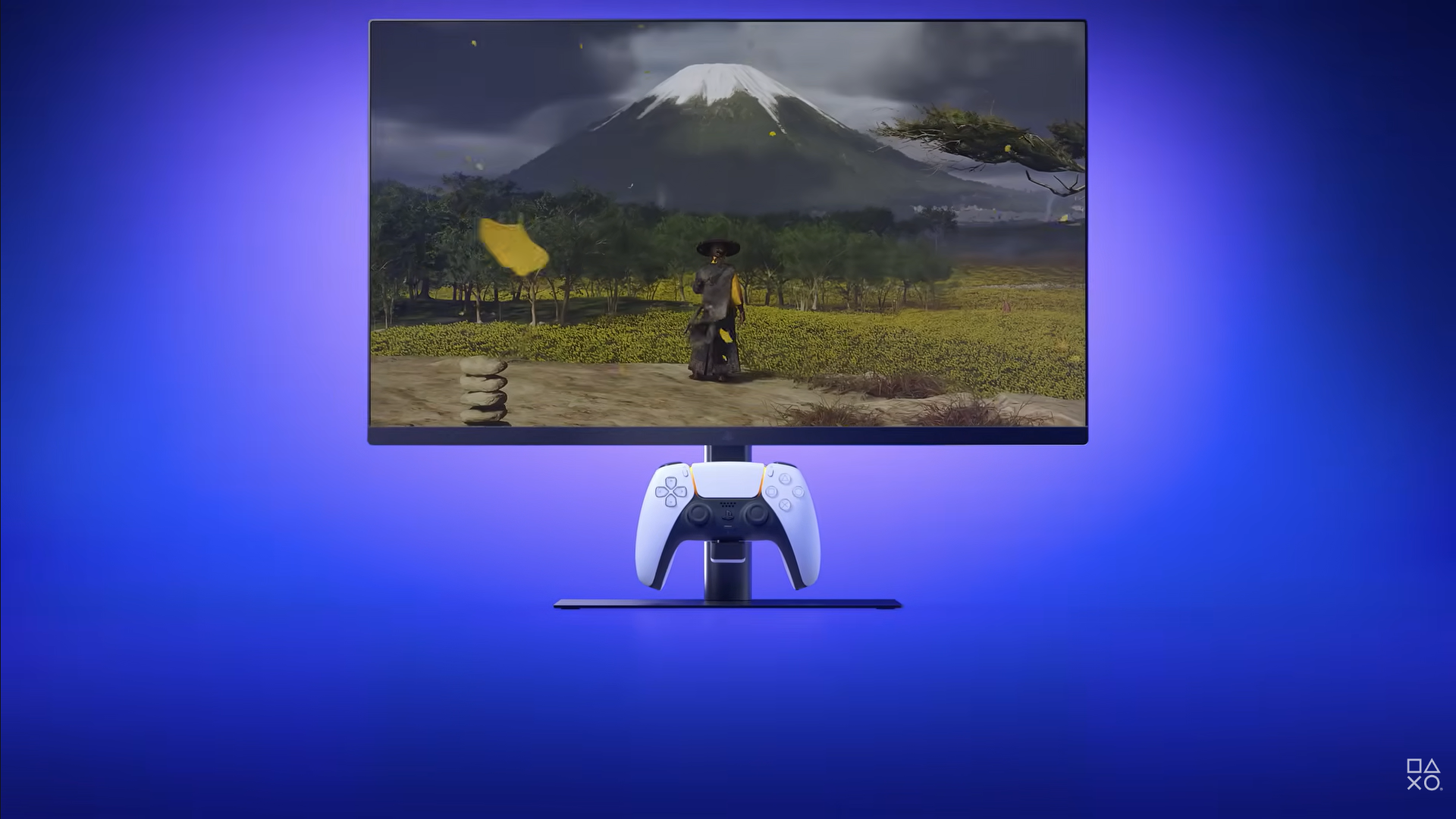NVIDIA GeForce GTS 450 – An Even More Affordable Version of Fermi
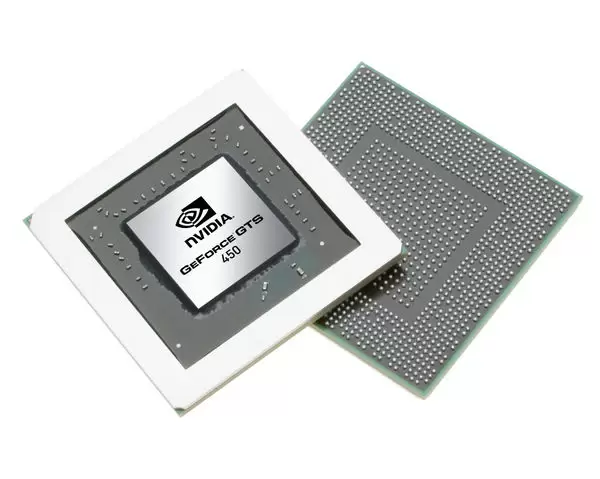
A computer gamer would always keep his or her rig up-to-date to keep pace with the latest video game releases. Graphics card is one of the key components that must be upgraded regularly if we are to experience the full graphical marvels of modern computer games. But what if there isn’t that much money lying around to be spared for, say, a high-end graphics card? Can we, the vast majority of computer user, get a reasonably fast graphics card that doesn’t require us to drain our wallet? NVIDIA seeks to answer such need by releasing the GeForce GTS 450, a new Fermi GPU that promises satisfying game performance at a relatively low price.
The GeForce GTS 450 was released just months after the official announcement of NVIDIA’s previous mainstream Fermi offering, the GTX 460. It is almost as if NVIDIA does not want to wait for too long before releasing new products to fill in the different price segments in the market. From their designated names, we can assume that the GTS 450 is positioned a step below the GTX 460, in both performance and price. Interestingly enough, the Geforce GTS 450 sells for around US$ 129. That’s quite affordable by most standard these days, but it also means that the graphics chip won’t compete with other Fermi GPUs in terms of technical prowess. What will you get for that price then? Let’s take a look at the technical specs!
GF106 at a Glance

The GeForce GTS 450 is not based on the GF100 or the GF 104 chip. Instead, NVIDIA developed a new chip under the codename “GF106”. At 1,17 billion, there are fewer transistors in this chip compared to its two predecessors. The overall architecture, however, remains similar with other Fermi GPUs, and so are the supported features.
Specification
| NVIDIA GTX 460 1GB | NVIDIA GTX 460 768MB | NVIDIA GTS 450 | |
| Codename | GF104 | GF104 | GF106 |
| Fabrication Process | 40 nm | 40 nm | 40 nm |
| Transistors | 1.95 Billion | 1.95 Billion | 1.17 Billion |
| Die Size | 320 mm² | 320 mm² | – |
| Core Clock | 675 MHz | 675 MHz | 783 MHz |
| Stream Processors | 336 | 336 | 192 |
| Shader Clock | 1350 MHz | 1350 MHz | 1566 MHz |
| Texture Units | 56 | 56 | 32 |
| ROPs | 32 | 24 | 16 |
| Memory Type | GDDR5 | GDDR5 | GDDR5 |
| Memory Size | 1024 MB | 768 MB | 1024 MB |
| Memory Clock (effective) | 3600 MHz | 3600 MHz | 3608 MHz |
| Memory Interface | 256-bit | 192-bit | 128-bit |
| DirectX Version | 11 | 11 | 11 |
| Shader Model | 5 | 5 | 5 |
| Power Connectors | 2x 6-pin | 2x 6-pin | 6-pin |
| Min Recommended Power Supply | 500 W | 500 W | 400 W |
| Bus Support | PCIe 2.1 x16 | PCIe 2.1 x16 | PCIe 2.1 x16 |
From the above table, you can notice significant cuts here and there when comparing the GTS 450 with its months-older brother, the GTX 460. Perhaps such reduction is necessary to position each GPU securely in its intended price and performance level. Nevertheless, judging from the technical details, the GTS 450 should still pack enough punch to run most of today’s latest titles without too many slowdowns.
